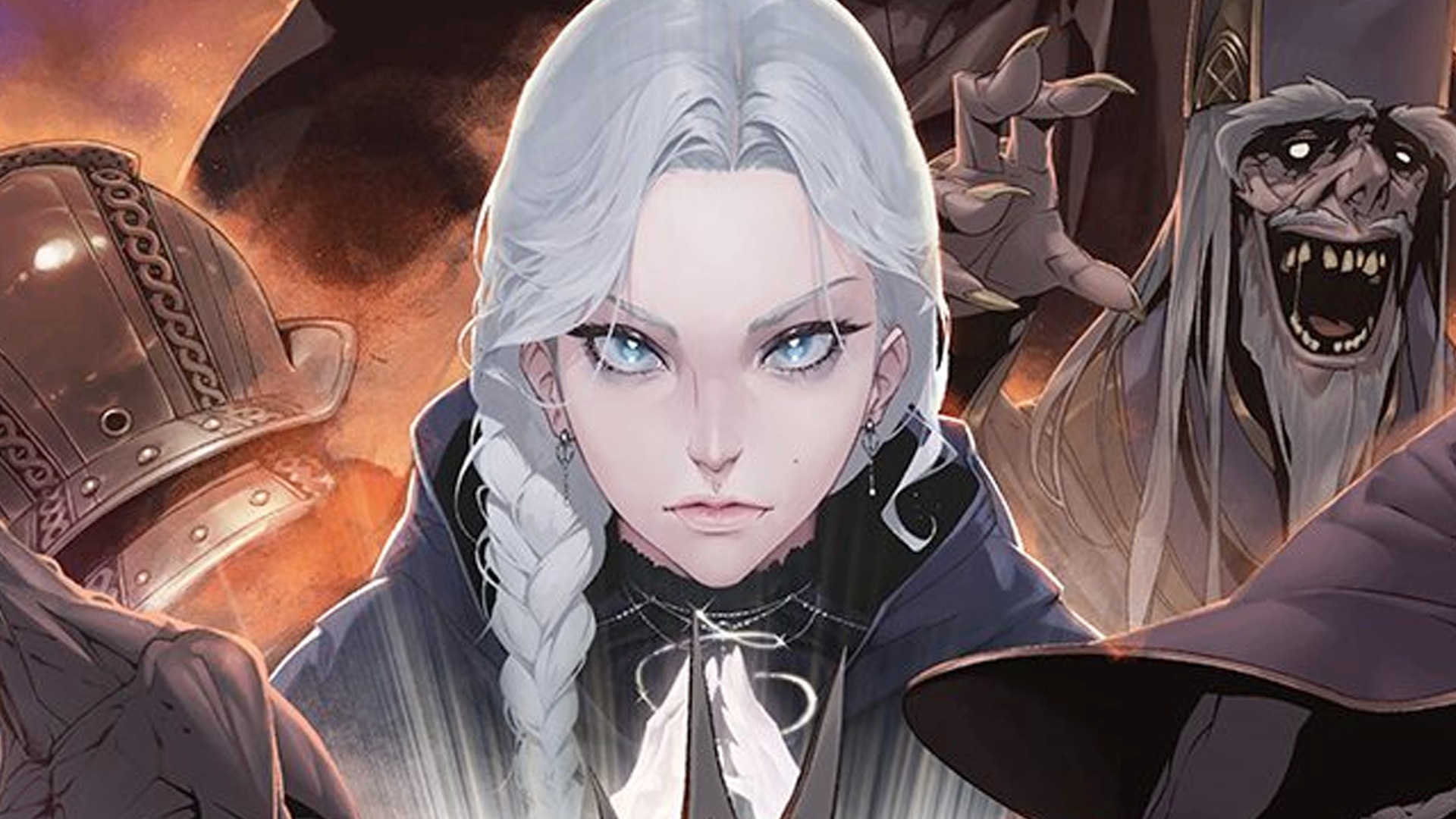Team Suneat’s Dragon is Dead is – and stop me if you’ve heard this one before – a stylish 2D roguelike currently in early access on Steam. Yes, there are a few of those about right now, but if this specific combination of buzzwords still has the power to pique your interest, there’s plenty to like in Dragon is Dead, from its gorgeous pixel-art graphics and tricky combat to its strong build variety and killer boss fights.
This dark fantasy roguelike game casts you in the weather-beaten boots of a ‘Successor,’ a fighter in an order of knights who can defy death to fight a seemingly endless scourge of demons led by the sinister Guernian. The pixel-art aesthetic boasts a meticulous beauty, reminiscent of Castlevania with its swampy plains and gothic castles, backed by a subtly eerie score.

I expect the visuals and tone to be more readily compared to Blasphemous, The Game Kitchen’s pixel-art soulslike inspired by Spanish folklore. Dragon is Dead deals in a similar style of blood-drenched nightmare fuel and gothic excess, yet it differentiates itself despite some striking similarities, with its bosses being a real creative standout.
The gameplay isn’t overly complex. You’re equipped with a basic melee attack, a double jump, and a dash, which you can also perform while airborne. You can collect new skills as you go, all of which are unique to that specific run and will reset upon death. Much like Hades’ boons, these abilities grant you effects like burn and freeze, and you can choose which direction you spec in on each run. Then there are artifacts – power-ups that grant you bonuses like increased health or defense. These pickups are randomized for each run, so don’t expect to rely on them; there’s a major element of luck at play here.
All of these upgrades are reset upon death, but gear persists, giving a nod to Dragon is Dead’s other key influence – Diablo. You can loot gear from enemies or purchase it from vendors. You can also spend your currency on re-rolling gear stats, letting you develop a specific build. It’s a solid system that encourages experimentation while providing tangible progression between runs.
Normal enemy units are comprised of scythe-wielding skeletal demons, rabid dogs, spellcasters, and archers. While none are particularly difficult to take down, their sheer numbers can prove overwhelming, requiring you to stay moving to survive.
Where Dragon is Dead shines is in its boss battles. The eldritch creations that make up the game’s pantheon of big baddies are terrifying to behold, and even more intimidating to fight. The first boss, a three-headed demon-possessed tree, seems plucked right out of a child’s nightmare; its uncannily human heads shaking and snapping with red-hot malevolence. Of course, the demon tree, Longmore, doesn’t fight alone, so you’ll have to use every trick you’ve learned to contend with him and his allied hordes.
As projectiles fill the screen, boons like dodge invincibility become a lifeline, as you try to sneak in hits among frantic dodges and leaps. Yes, Dragon is Dead is difficult, and its bosses will take many attempts and experimentation with different builds to defeat. Luckily, that process is both accessible and rewarding. There are also several classes to try out: Swordsman is your standard class, offering fast slashes and quick dodges, Huntress specializes in ranged attacks, and Berserker, as the name suggests, relies on brute strength and duel-wielded weapons.
Unfortunately, Dragon is Dead’s narrative is currently lacking. The game world is bursting with intriguingly bizarre character designs, but nobody says anything of real substance. I assume the dialogue will be fleshed out in the full release, but right now a lot of the writing resembles placeholder text.
Dragon is Dead’s gothic world is undeniably atmospheric and full of promise, but its lore and writing let it down. Still, there’s plenty of time for Team Suneat to remedy this before the game leaves early access. Andes, your spirit guide who greets you after you die, offers up some tantalizing lore nuggets, so we’ll just have to wait to see how this develops.
If Dead Cells is the headliner and Blasphemous is the venerable support act, then Dragon is Dead resembles the scrappy local opener. It lacks the polish of its contemporaries, but the talent and vision are there.




